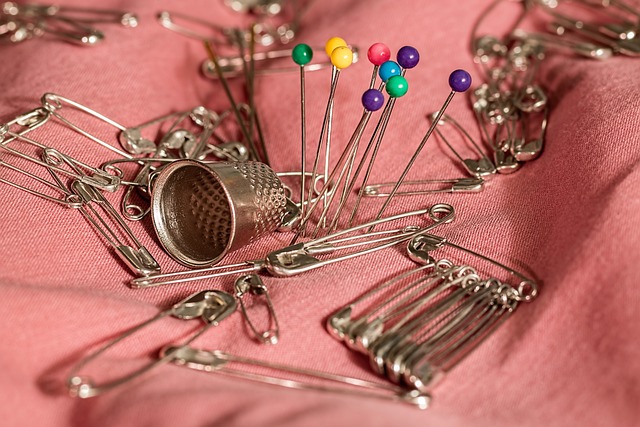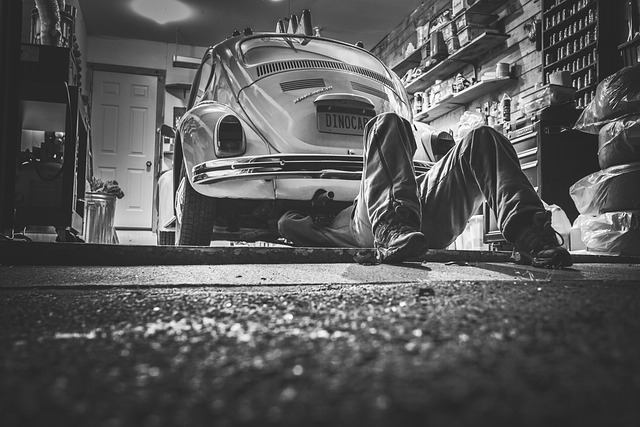When installing a new home appliance, it's imperative to follow manufacturer instructions precisely for safety and success. This includes accurate measurement of the installation site, assessing electrical and plumbing needs, and ensuring compliance with local codes, particularly when dealing with wiring or gas connections. It's essential to have a licensed electrician handle any wiring work and a qualified technician install gas-powered appliances to prevent potential hazards like circuit overloads or gas leaks. The appliance must be positioned correctly, secured, and kept level to avoid operational issues. Adhering to the manufacturer's instructions for securing is key to prevent movement that could lead to wear. After installation, a thorough inspection of water lines, electrical connections, and gas fittings should be conducted to ensure everything is properly sealed and leak-free. A professional test run can identify any unforeseen problems before the appliance becomes fully operational. Regular maintenance checks are vital for maintaining the longevity and optimal performance of your appliances, which contributes to a safer and more efficient home environment. Additionally, understanding and proactively addressing common issues through regular upkeep—such as cleaning condenser coils, inspecting door seals, or checking power supplies—can significantly reduce repair needs. This approach to home repair and maintenance is not only cost-effective but also ensures the long-term functionality of your domestic appliances.
When it comes to maintaining a well-functioning household, home repair and maintenance are key. A pivotal aspect of this upkeep involves the installation and repair of domestic appliances, which play an integral role in daily life. This article delves into the essential steps for safe and effective appliance installation, ensuring your home operates at its best. It also tackles common issues and repair techniques, providing valuable insights for those looking to handle appliance problems themselves or understand what to expect from professionals. Whether you’re a DIY enthusiast or simply seeking to enhance your home’s performance, this guide is tailored to aid in the realm of home repair and maintenance.
- Essential Steps for Safe and Effective Appliance Installation within Home Repair and Maintenance
- Troubleshooting Common Issues and Repair Techniques in Domestic Appliances for Home Repair and Maintenance
Essential Steps for Safe and Effective Appliance Installation within Home Repair and Maintenance
When embarking on appliance installation, adherence to safety protocols and following manufacturer guidelines are paramount for a successful home repair and maintenance endeavor. Proper preparation is the first step; this involves measuring the space where the appliance will be installed to ensure a perfect fit. Next, one must examine the electrical and plumbing connections required by the appliance. For electrical connections, it’s crucial to consult or hire a licensed electrician to handle wiring safely, as per local regulations. Ensure that the circuit can support the new appliance without overloading. For gas-powered appliances, a qualified professional should perform the installation to prevent any potential gas leaks or hazards.
After the necessary connections are in place, the appliance should be carefully positioned, ensuring it is level to prevent operational issues and damage to the unit. Secure the appliance as recommended by the manufacturer to avoid movement that could lead to wear and tear over time. Once installed, a thorough inspection is needed to verify that all components are functioning correctly. This includes checking for proper sealing of water lines, secure electrical connections, and verifying gas lines are tight and free from leaks. Finalizing the installation with a test run under the supervision of a professional can help identify any issues before full-time operation. Regular maintenance checks post-installation will ensure the longevity and efficiency of your appliance, falling well within the scope of effective home repair and maintenance practices.
Troubleshooting Common Issues and Repair Techniques in Domestic Appliances for Home Repair and Maintenance

When encountering common issues with domestic appliances, homeowners can often resolve malfunctions through simple troubleshooting and repair techniques as part of regular home repair and maintenance routines. It’s crucial to approach each problem methodically, starting with identifying the exact issue. For instance, if a refrigerator is not cooling properly, homeowners should check the thermostat settings, ensure the condenser coils are clean, and verify that the door seals are intact and secure. A dishwasher that fails to drain may have a clogged filter or an obstructed drain hose, which can typically be cleared after disconnecting the power and carefully inspecting and cleaning these components.
For more complex problems, such as an oven that won’t heat, it’s advisable to inspect the power supply, check the oven thermostat, and test the heating elements for continuity with a multimeter. If a washer is leaking, one should look for damaged hoses or loose connections at the pump, hose, or inlet valve. Regular maintenance, including cleaning filters, checking gaskets, and tightening connections, can prevent many issues before they escalate. By familiarizing oneself with the user manual for each appliance, understanding its specific needs, and performing routine checks, homeowners can effectively manage repairs and ensure their appliances operate efficiently. This not only extends the lifespan of the equipment but also contributes to a safer and more functional household environment.
When addressing home repair and maintenance, ensuring the safe and effective installation and repair of appliances is paramount. This article has outlined the critical steps for proper appliance installation, alongside effective troubleshooting and repair techniques for common domestic issues. Homeowners can now approach their appliance-related concerns with greater confidence, knowing that adherence to these guidelines will lead to a more efficient, safer, and longer-lasting home environment. With this knowledge at hand, maintenance tasks become less daunting, empowering individuals to handle many repair needs independently.



